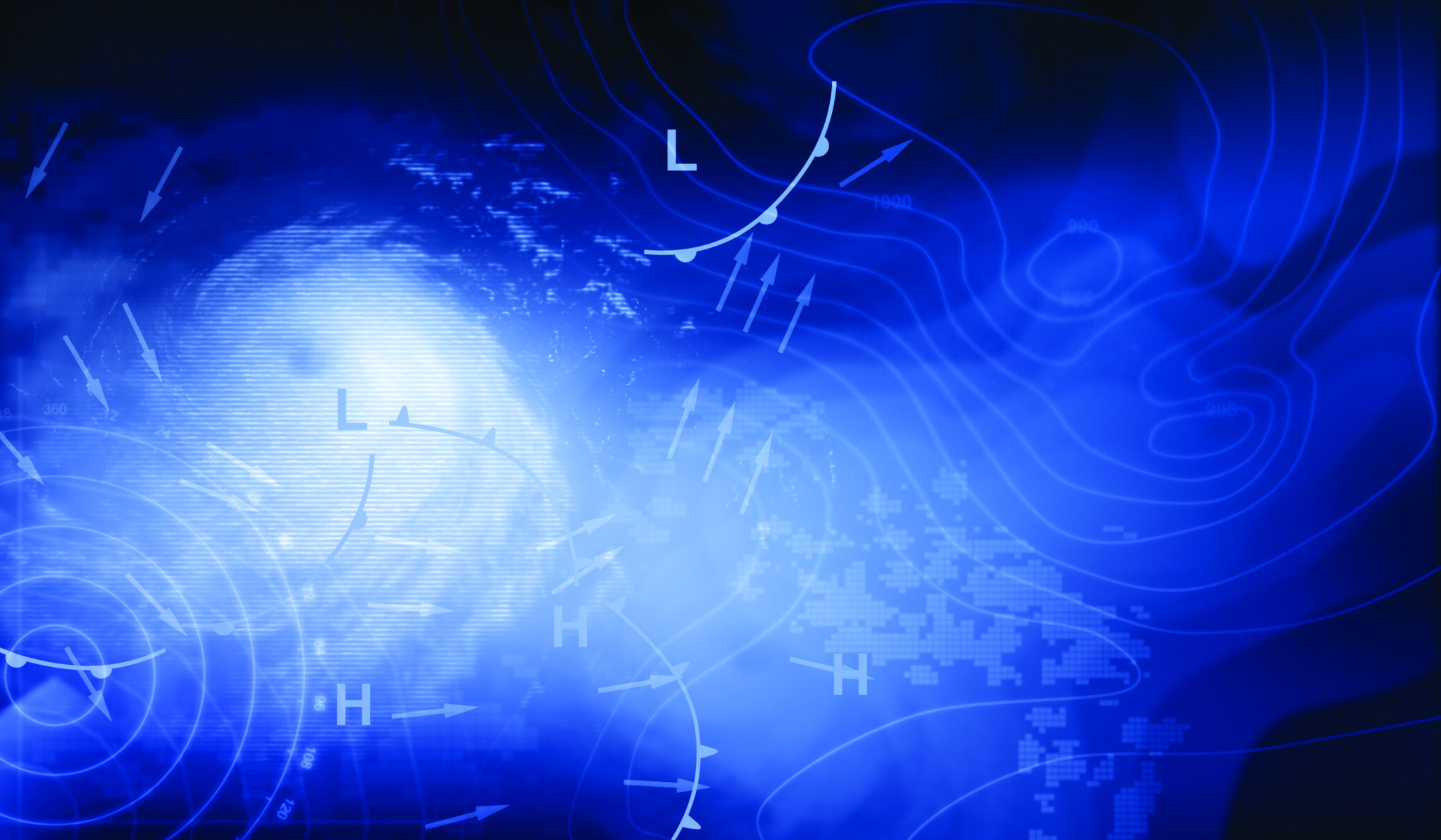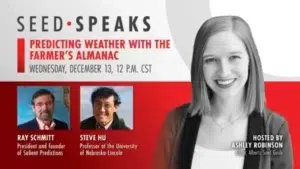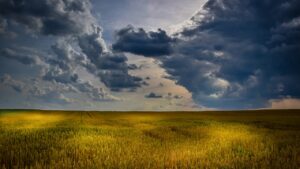Farmers turn to the Farmers’ Almanac and Old Farmer’s Almanac for tradition’s sake when it comes to weather forecasting.
The Farmers’ Almanac and Old Farmer’s Almanac have been around for centuries. The two journals use secret formulas using climatology, solar science and meteorology to make long-range weather forecasts. For years those working agriculture have turned to the almanacs for answers for insight into upcoming weather conditions.
“Over the decades, centuries even, farmers have put their trust into the almanacs products with their forecasts being one of them,” Steve Hu, professor in the School of Natural Resources department of earth and atmospheric sciences at the University of Nebraska-Lincoln, said during the Dec. 13 episode of Seed Speaks. “At least 50 years ago, (these) might have been the only forecasts available to people who wanted to use some information to make a plan or something.”
Modern weather forecasting with technology has only been developed over the past several decades, including the statistical approaches to the seasonal forecasting, Ray Schmitt, president and founder of Salient Predictions, added during the episode.
“With all of the satellite systems we have to monitor the weather, as well as buoys that are monitoring the state of the ocean, there is quite a bit of information now available with a long enough record for us to build comprehensive statistical models,” Schmitt explained.
However, building that trust in these “modern” weather forecasts isn’t easy, which is why many in the agricultural communities continue fall back on the almanacs for weather information even though there are more forecasts available made with more current knowledge of seasonal forecasting.
“Farming communities are still using the Farmers’ Almanac because they have the trust there. The federal government, NOAA the federal agency to issue official weather forecasts, they haven’t done enough to build trust among farmers for their predictions,” Hu says. “You have to somehow encourage farmers to put more attention on NOAA’s seasonal predictions and less attention on (almanac) forecasts.”
The wealth of weather data and forecasts available now also give people options of what weather forecast they want to follow or the option to use multiple forecasts. Hu cautions though that this can lead to people favouring the forecast that aligns with their desired goal lor outcome.
“Farmers have to make lots of decisions about ‘Well, what am I going to plant next season? When should I harvest my crop?’ Lots of decisions have to be made and you’d like some help with making those decisions. So, people will look to any sort of guidance,” Schmitt added.
Using new forecast options or platforms for weather forecasts also requires that people learn how to use these new sources, Hu said.











